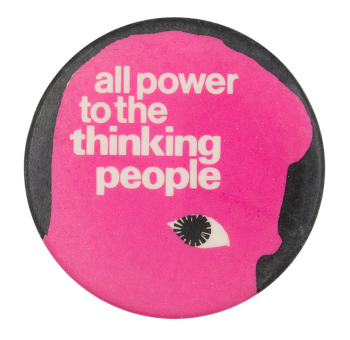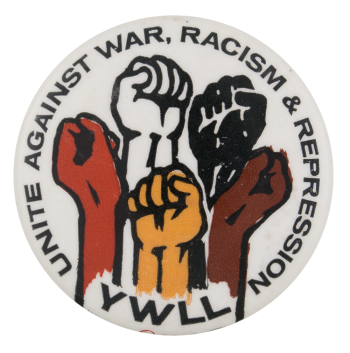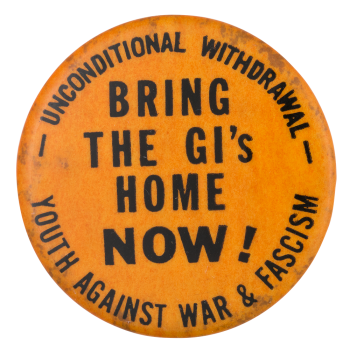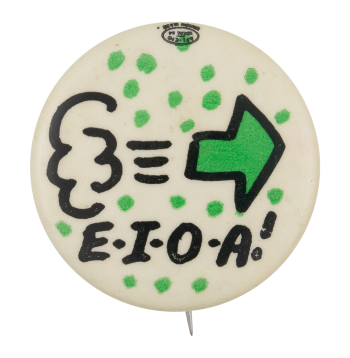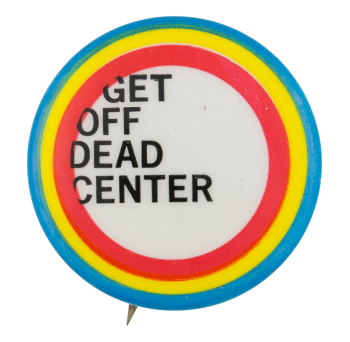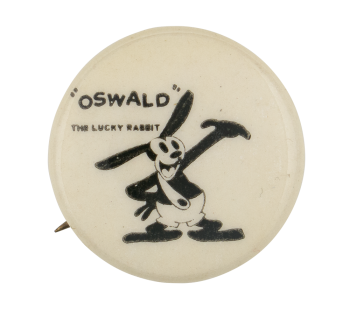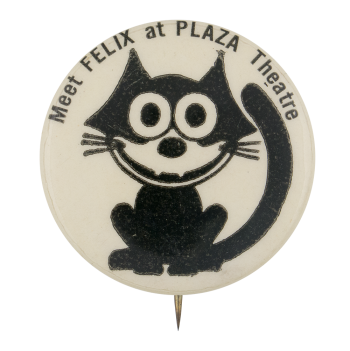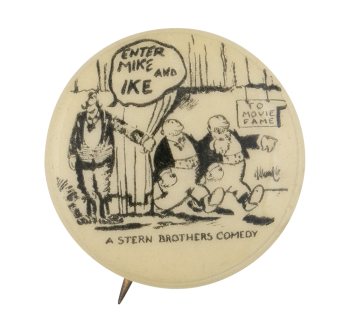Enough
| Category | |
|---|---|
| Additional Images | |
| Sub Categories | |
| Text on Button | ENOUGH FEIFFER |
| Image Description | Black text inside a white rectangle on a black background. |
| Curl Text | HORN CO. PHILA, PA, 19126 (union bug) April 24, 1971 Wash & S.E. NPAC 1029 Vermont Ave. N.W. Wash. D.C. |
| Back Style | |
| The Shape | |
| The Size | |
| Year / Decade Made | |
| The Manufacturer | |
| Additional Information | Jules Feiffer is a cartoonist and writer with his most famous work, a satirical comic strip, Feiffer (originally named Sick Sick Sick). Before he was an established cartoonist, he was an apprentice whose boss had told Feiffer his work was lousy, but hired him anyway. For forty years (1956-1997), he displayed his work for The Village Voice as the staff cartoonist. Feiffer took a public stance in opposition to Vietnam War with his Enough campaign. In the late 1960s, the war in Vietnam (started in 1955) started to lose popular consensus that Americans should be fighting there. The war had gone on longer than the American people were told, and the number of deaths kept climbing. Feeling like their opinions were not being heard, multiple peace movements popped up around the country with the intent to be non-violent, but would sometimes end with altercations and arrests by police. Despite the growing disapproval for the war it would not officially end until 1975. |
| Sources |
55d. The Antiwar Movement. (n.d.). Retrieved from https://www.ushistory.org/us/55d.asp Jules Feiffer (n.d.). Retrieved from https://www.harpercollins.com/author/cr-105367/jules-feiffer/ |
| Catalog ID | CA0593 |



